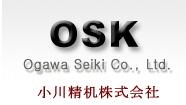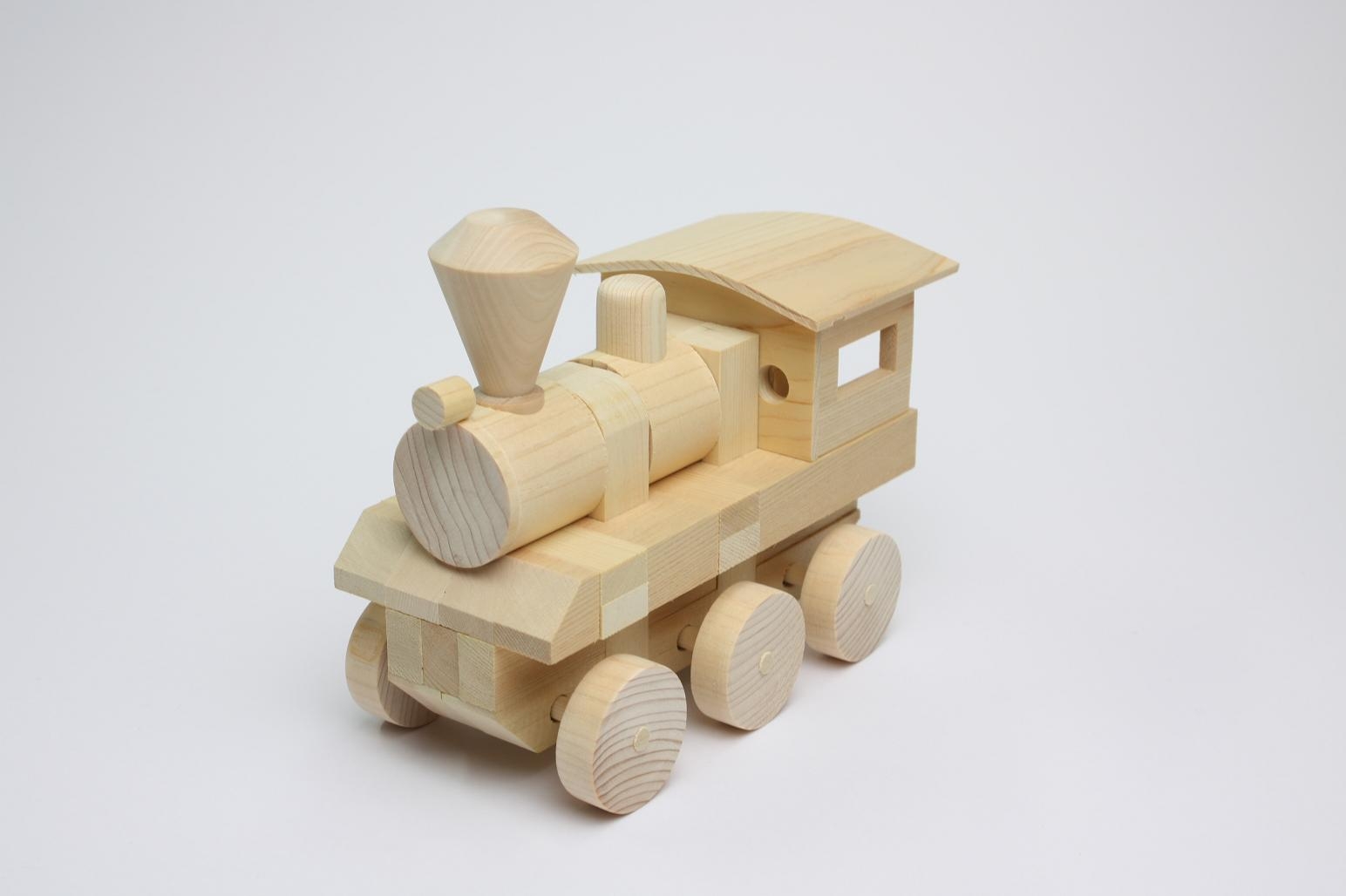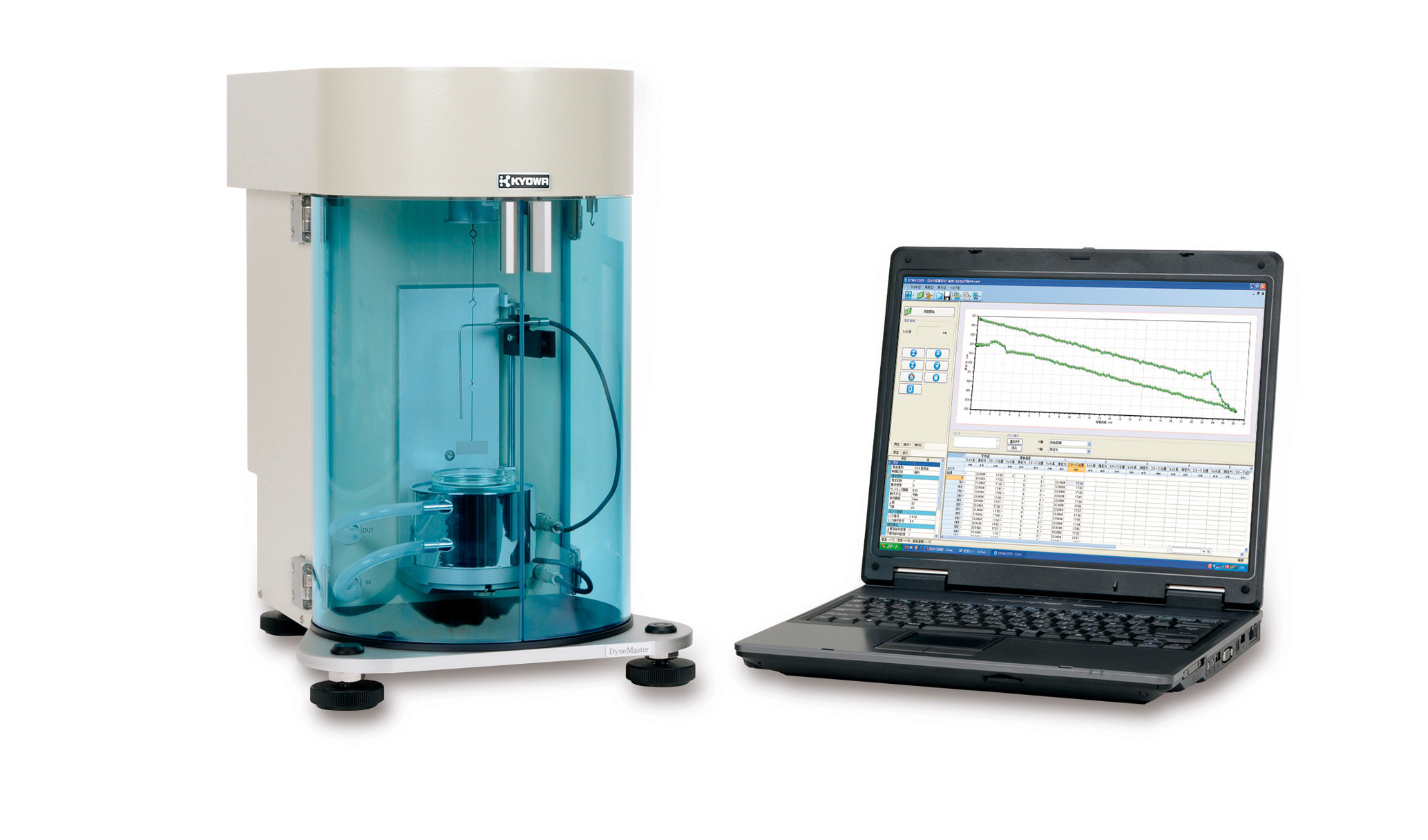Surface Tensiometers
OSC92LJ112
Measurement techniques of surface/interfacial tension and features
-Wilhelmy plate method
When a platinum plate (Wilhelmy plate) makes contact with the surface of the liquid,
the liquid will wet the Wilhelmy plate upwards. In this case, the surface tension acts
along the perimeter of the plate and the liquid pulls in the plate. This method detects
the pulling force and determines the surface tension.
Features
- Can observe variations over time and get equilibration of surfactant.
- The most popular for its flexibility of application to variety of liquid samples.
- No density correction is required if sample density is from 0.6 to 1.4g/cm3.
-du Nouy ring method
First, a platinum ring (du Nouy ring) that is hanging parallel to the liquid surface is sunk
into the liquid. Then, the ring is gradually drawn apart from the surface in a vertical
direction. In this process, the surface tension of the liquid membrane that is hanging
by the ring generates a force on the ring. This force changes as the ring is drawn farther.
Using the maximum value of this force, surface tension is determined.
Features
- Can obtain Lamella length in addition.
- Simple cleaning process by flaming it in short time
- Several industrial standards adopt the method for its long history
-Pendant drop method
When the liquid is pushed out from the needle tip, the droplet hangs from the needle tip.
This hanging droplet is called the "pendant drop". Since the amount of liquid depends on
the extruded amount of the liquid, density, surface and interfacial tension, the surface
and interfacial tension can be determined by analyzing the shape of this pendant drop.
Features
- Can measure with small amount of liquid (less than 1mL)
- Can measure high viscous liquid samples under high temperature
(e.g. molten polymer applications)
- The system can be used in common with contact angle measuring one.
-Maximum bubble pressure method
When pressurized air is flown continuously through the probe of capillary,
the pressure inside the probe changes periodically. This method monitors
the pressure changes, detects the maximum pressure and determines
surface tension from the pressure relatively.
Features
- Can obtain dynamic surface tension (variations in short time)
- Surface tension lowering ability can be characterized by Rosen fit.
- The most potential method for on-line measurement.
Partial applications
Wettability control
-Paint, Ink, Plating, Photo resist, Fountain solution, any coating fluids
Permeability control
-Detergent, Cosmetics, Pharmaceutical, Lubricant, Latex
Emulsification abilit
-Food products, Cosmetics, Pharmaceutical
Spreading ability
-Digestive fluid, Pesticide
Foaming control
-Detergent, Ink, Paint, Digestive fluid
Quality control
-stability or deterioration of Ink, Plating, Detergent, Digestive fluid
| Model | OSC92LJ 112A | OSC92LJ 112B | OSC92LJ 112C |
| Repeatability | 0.02mN/m | 0.02mN/m | 0.02mN/m |
| Stage working speed | 0.002-50 mm/s | 0.002-50 mm/s | 0.1-1.0 mm/s |
| Jacket type stage (+10 - 70C) *1t | ST | ST | OP |
| Heater type stage (ambient - 150C) | OP | OP | OP |
| Surface thermometer | ST | ST | OP |
| Magnetic stirrer | ST | ST | NA |
| Optional measurements | Density measurement Lamella length Powder contact angle Dynamic contact angle | Density measurement Lamella length Powder contact angle Dynamic contact angle *2 | Density measurement Lamella length |
| Main body size, (D~W~H)mm | about 415~295 ~452 | about 415~295 ~452 | about 309~255 ~369 |
| Weight | about 23 kg | about 20 kg | about 12.5 kg |




 pdf brochure
pdf brochure